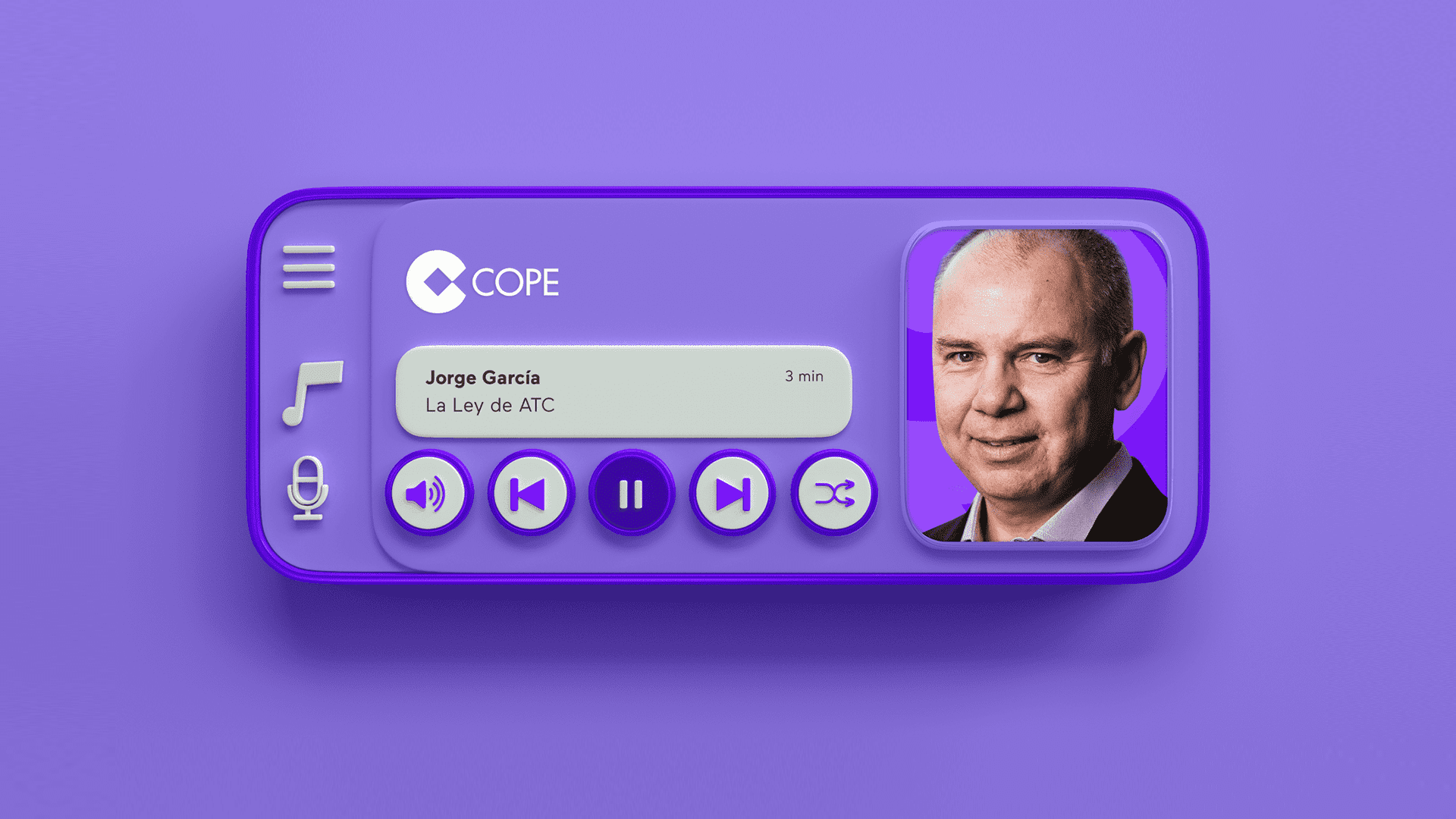Last week I had the pleasure of speaking with Sandra Asenjo, a writer for COPE’s Society and Culture section, to discuss the details of the new Spanish Customer Service Law.
In this interview, I was able to share with her the keys for companies dedicated to customer service to comply with the new regulations.
WHICH COMPANIES WILL BE AFFECTED?
All organisations, both public and private, that provide
- Water, electricity and gas supply services
- Passenger transport services
- Postal services
- Electronic communication services
- Financial services
In addition, all companies with either more than 250 employees or an annual turnover of more than €50 million will have to comply with the new law.
WHAT REGULATIONS MUST BE COMPLIED WITH?
Organisations falling within the above parameters must comply with the new regulations. Among all the articles outlined in the new law, we highlight the following
1. REPLY WITHIN THREE MINUTES
You must respond to 95% of customer enquiries within three minutes. This means that they cannot keep users on hold for longer than the stipulated time.
HOW CAN YOU ELIMINATE PHONE QUEUES?
The first option is to offer a callback system. This allows customers to choose to hang up (without losing their place in the queue) and be called back when they reach the number one position.
The second alternative is to use artificial intelligence. Once customers have received a greeting from a bot, they are no longer in the queue and can communicate the reason for their call/message.
The third alternative is to add instant contact channels such as WhatsApp. Today’s consumers prefer this type of channel, so integrating it will help reduce inbound call volumes.
In addition to these options, contact centre software that includes these features will also allow you to prioritise queues with more calls and monitor the percentage of calls answered within three minutes.
2. CONDUCTING CSAT SURVEYS
Contact centres are required to implement a system for measuring and documenting customer satisfaction after each call.
However, it is important to note that these surveys cannot be conducted until the customer’s complaint, claim or incident has been resolved.
HOW CAN THEY BE AUTOMATED?
It is possible to automate the sending of satisfaction surveys after a call or WhatsApp conversation.
By providing the system with a transcription, you can create a voice message that plays after each call and a message that is sent when the chat ends.
3. PERSONALISED ATTENTION
Call centres need to provide personalised attention over the phone to deal with customer complaints, claims or contractual incidents.
This means that automated responders or conversational bots cannot be used exclusively to answer these queries.
In addition, whenever a user requests to speak to an agent, the communication must be transferred to a human.
It is also important to note that if the user is not satisfied with the service they receive from the operator, they have the right to speak to a supervisor.
WHAT CAN BE DONE?
Although it is not allowed to use artificial intelligence exclusively to answer these questions, it can be used to detect the consumer’s intent and intention.
Once the bot recognises that the user wants to report or follow up on a complaint, claim or incident, it can automatically transfer the conversation to an agent.
In addition to AI, advanced contact centre programmes allow you to route calls and conversations based on agent skills and rank.
This ensures that critical communications are always handled by the best agents.
4. RECORDING CALLS
Where a complaint is resolved by phone, video call, WhatsApp or similar means, businesses will be required to keep a recording or transcript of the conversation and tell the customer where to access it.
WHAT SETTINGS SHOULD BE ENABLED?
Typically, current customer service software will allow you to enable the default feature to record all calls and also have a panel to download them from.
In addition, you can program a welcome message to inform the customer that the call is being recorded and provide the section of the website where the recordings can be accessed.
5. NOTIFICATION OF AN INCIDENT WITHIN TWO HOURS
In the event of a service interruption, such as a power cut, customers must be informed within two hours of the interruption being detected.
HOW CAN THE DEADLINE BE MET?
In this case, alternative channels are needed to deliver the communication.
Omnichannel contact centre solutions allow you to automate the sending of emails, SMS or WhatsApp messagesso that your customers receive the message as soon as possible.
6. 24/7 SERVICE
Companies that provide customer service must be available 24 hours a day, 365 days a year to manage service continuity incidents.
HOW TO PROVIDE UNINTERRUPTED ATTENTION?
Artificial intelligence in customer service can collect customer requests at any time of the day, provide information on the status of an incident, and redirect communication to an agent when requested.
7. FREE SUPPORT
It is strictly forbidden to use premium rate numbers as a means of communicating with customers, whether by telephone, SMS or similar.
In summary, service providers cannot generate additional revenue at the expense of customers.
It is important to note that companies cannot offer other products to customers during these calls or SMS.
WHAT NUMBERING SHOULD BE CONTRACTED?
Geographic numbers or toll-free 900 lines can be used in these cases as they are completely free to the customer.
Our Omnichannel Contact Center allows you to manage calls, video calls, WhatsApps, emails and SMS from a single environment.
In addition, this customer service programme integrates with leading CRM, ERP and ticketing tools to automate workflows and call handling.
Contact our team of experts for a free consultation by calling +34 900 670 750 or filling out the form bellow.
 Subscribe
Subscribe
 Ask for a demo
Ask for a demo

 4 min
4 min
